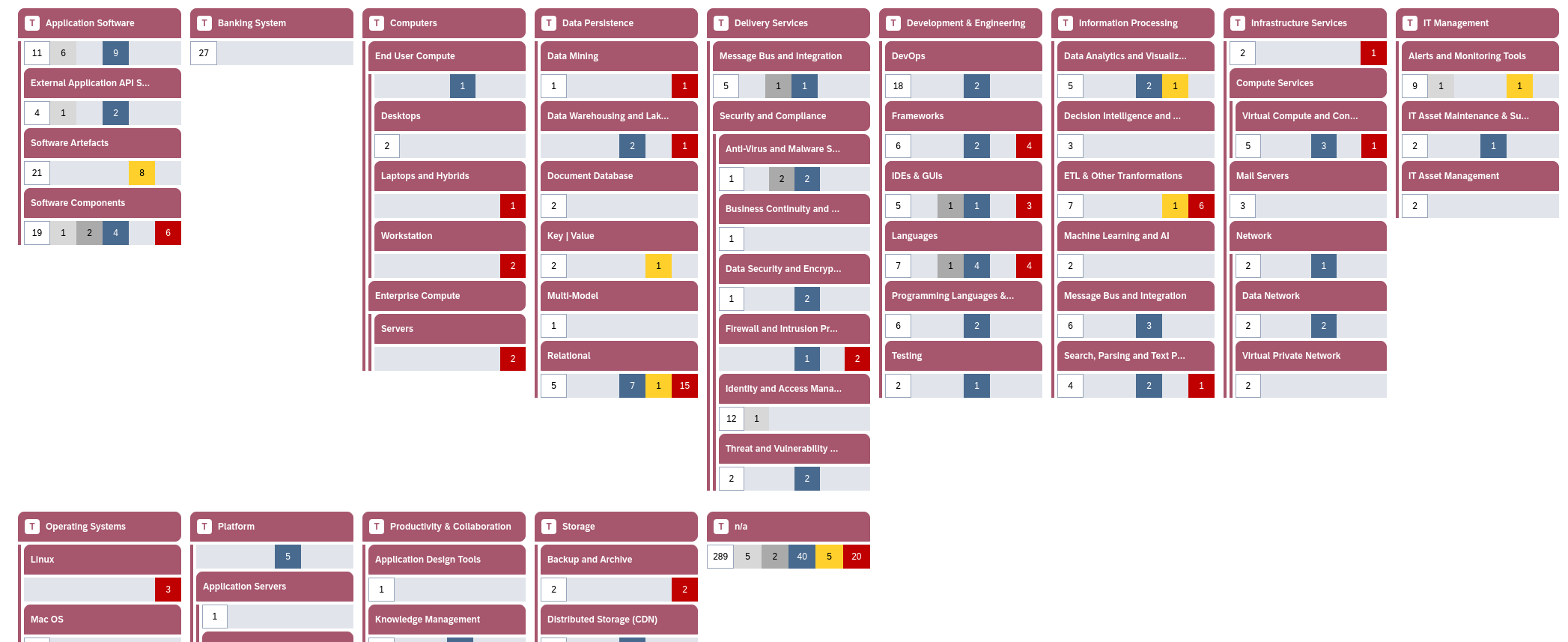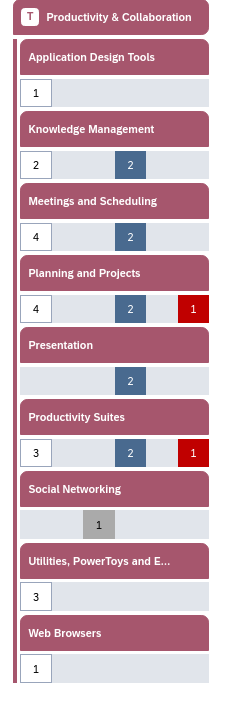This is a great question. I’ve had many discussions with many people on this and everyone has differing opinions. Here’s what I think (almost the same as LeanIX recommends):
- A platform should be modelled as a Platform. This can be complicated by the requirement to model a platform as an application for other integrated tools (e.g. Service Management).
- An API should be modelled as an Interface of type API.
- A web front-end is part of an Application and could be modelled as a child Application if required.
- Physical infrastructure is an IT Component of type Hardware.
I also like the LeanIX definition of an Application:
Applications are software systems or programs that process or analyze business data to support business tasks, processes, or aspects of an organization's business model.





